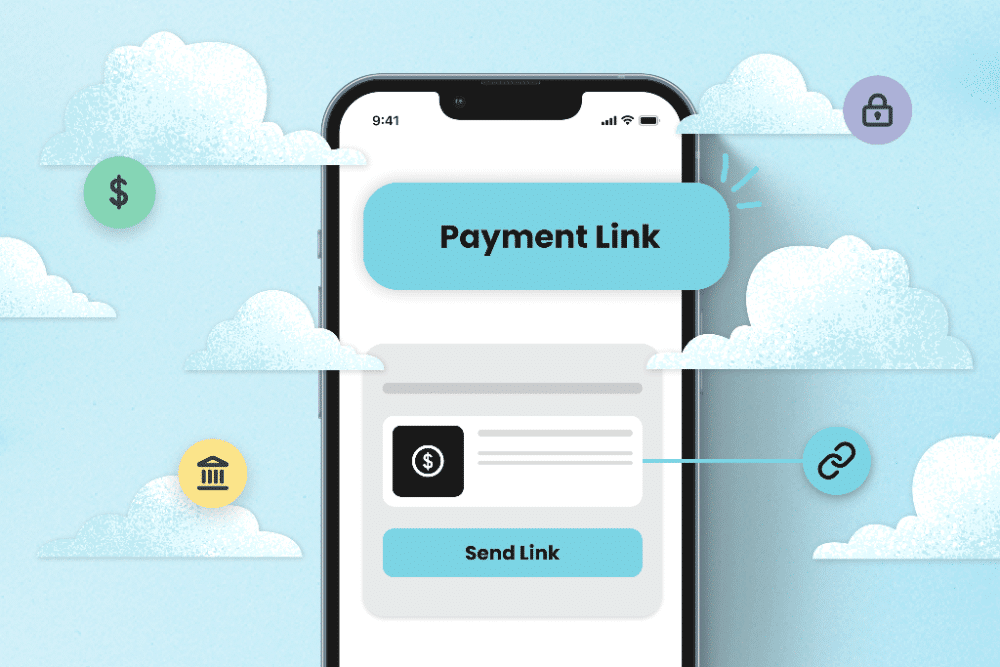📑Table of Contents:

Mobile commerce is evolving fast. Shoppers now expect speed, security, and simplicity when they pay. Traditional payment methods often feel slow. Even mobile wallets sometimes require extra steps. That’s where text-to-pay comes in. This approach lets customers complete transactions directly through SMS. The process is quick, user-friendly, and growing popular across industries.
In this article, we’ll explore how text-to-pay works, why it’s gaining traction, and how businesses can use it to boost sales and customer satisfaction.
What Is Text-to-Pay?
Text-to-pay is a mobile payment method where customers pay through a secure link sent by SMS. Instead of logging into a website or app, they click the link, confirm details, and finalize the purchase. In some cases, customers can even reply with a keyword to confirm payment.
This removes friction from the buying process. And since nearly everyone checks texts instantly, businesses benefit from higher conversion rates.
Why Text-to-Pay Matters in Mobile Commerce
Mobile commerce keeps growing year after year. However, abandoned carts remain a big issue. Long checkout forms, forgotten passwords, or slow loading sites often drive customers away.
Text-to-pay solves this by making payment almost effortless. Customers already trust text messages for confirmations, alerts, and updates. Adding payments makes the process seamless. As a result, businesses close more sales while customers enjoy convenience.
Key Benefits of Text-to-Pay
Text-to-pay has a bunch of benefits, the major ones are discussed below:
1. Faster Payments
Traditional methods require multiple steps. Text-to-pay cuts those steps down. A single text delivers the payment option, and a few taps finish the job. This saves time for both the business and the buyer.
2. Higher Conversion Rates
Every extra click in a checkout process increases drop-off. Text-to-pay eliminates most of these hurdles. Because the payment request goes straight to the customer’s phone, completion rates rise.
3. Improved Customer Experience
Shoppers value convenience. When businesses offer a frictionless way to pay, customers feel more satisfied. This builds loyalty and repeat purchases.
4. Cost-Effective for Businesses
Text messaging is affordable. Compared to developing complex apps or systems, text-to-pay offers a budget-friendly solution. Plus, fewer abandoned carts mean higher revenue.
5. Strong Security
Many providers use encrypted links and two-factor authentication. This ensures that payments are safe and compliant with industry standards.
How Text-to-Pay Works
Here’s a step-by-step breakdown:
- The business sends a text with a secure payment link.
- The customer clicks the link.
- They review details like the amount or invoice.
- They choose a payment method (credit card, digital wallet, etc.).
- They confirm the transaction.
- A receipt is sent instantly.
Some advanced systems allow direct keyword responses like “YES” to approve a payment, reducing steps even further.
Industries Using Text-to-Pay
Almost every industries can use text-to-pay feature. The following ones get the most benefits.
Healthcare
Clinics and hospitals use text-to-pay to collect bills faster. Patients appreciate avoiding paper invoices or long phone calls.
Retail
Retailers send order confirmations with an embedded payment option. This helps close sales quickly, especially for flash deals or limited items.
Hospitality
Hotels and restaurants use it for booking deposits, reservations, or delivery payments. Guests find it smooth and stress-free.
Professional Services
From lawyers to contractors, many service providers now send invoices by text. Clients pay right away without navigating clunky portals.
Nonprofits
Charities and nonprofits accept donations through text-to-pay campaigns. Donors give instantly, which boosts fundraising success.
Challenges and Considerations
While text-to-pay offers many advantages, businesses must address some concerns.
- Regulatory compliance: Laws like TCPA require businesses to get proper consent before sending texts.
- Security: Companies must work with trusted providers that use encryption.
- Integration: Text-to-pay should link smoothly with CRM or accounting tools.
- Customer education: Some customers may hesitate at first. Clear instructions ease adoption.
The Future of Text-to-Pay
As mobile commerce expands, text-to-pay will play an even bigger role. Integration with AI will allow smart reminders like “Your bill is due. Reply PAY to confirm.” Rich communication services (RCS) may enhance this further by supporting branded visuals, logos, and more secure options.
The rise of voice assistants may also merge with text-to-pay. Imagine receiving a text and confirming payment with a quick voice command. The potential is huge.
Getting Started with Text-to-Pay
Businesses interested in adopting this method should follow a few steps:
- Choose a reliable SMS provider. Look for platforms that specialize in secure payment messaging.
- Set clear opt-in policies. Customers must consent to receive payment texts.
- Test the system. Ensure links work across devices and payment methods.
- Train staff. Make sure employees understand how to send requests and handle support.
- Promote the option. Let customers know they can now pay faster by text.

Final Thoughts
Text-to-pay is transforming mobile commerce. It gives customers a faster, simpler way to complete transactions. At the same time, it helps businesses reduce friction, cut costs, and boost revenue.
As consumers demand more convenience, adopting text-to-pay is no longer optional. It’s becoming the standard. Businesses that embrace it today will stand out, build loyalty, and increase sales tomorrow.
